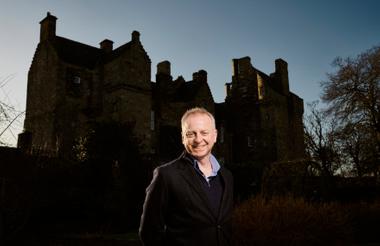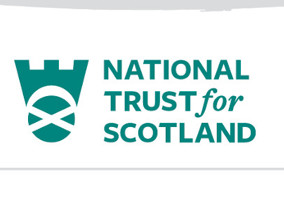National Trust for Scotland aims to invest £100m in places, reach more people and become more sustainable, in its new strategy.
The ten-year strategy, Nature, Beauty & Heritage for Everyone, announced yesterday, sets out a plan to increase the number of people who visit its heritage sites to six million by 2032.
Philip Long OBE, chief executive of the National Trust for Scotland, described the strategy as “exciting” and said it would build on the last 90 years.
He said: “Everyone can benefit from Scotland’s heritage and from the work of the Trust, and in the years ahead we want to involve as many people as possible in this. Our new strategy is a response to all that our charity has achieved over its long history, and to the current health, economic and environmental challenges which affect everyone.”
Hundreds of new projects
National Trust for Scotland plans to spend £100m over the decade across hundreds of heritage projects.
This includes work on the Isle of Canna, in partnership with the community, restoring Canna House to better care for its collections as well as developing new visitor and community facilities.
Elsewhere, on Staffa, one of Scotland’s most important islands for seabirds, geology and cultural heritage, the Trust is improving the island infrastructure and further conserving and protecting this special place of natural beauty.
Over the decade the Trust hopes to attract half a million new members.
Sustainability promise
By the time National Trust for Scotland reaches its centenary in 2031 it aims to be carbon negative.
In the foreword to the strategy, Long said: “Now, the global climate and biodiversity crisis presents the biggest challenge to us and the places we look after. The Trust must play its part in minimising our environmental impact and rebuilding nature, and in this demonstrate leadership and support to others too.”
Social and economic impact
A new study into the social and economic impact of the Trust found the direct and indirect economic impact of the Trust could be valued at 7,430 jobs.
This can be expressed as £148m gross value added.
When feedback from member and visitor surveys was used to identify the proportion of visitors who gain strong positive wellbeing benefits from visiting Trust venues it equates to an additional £73m.
Related articles










